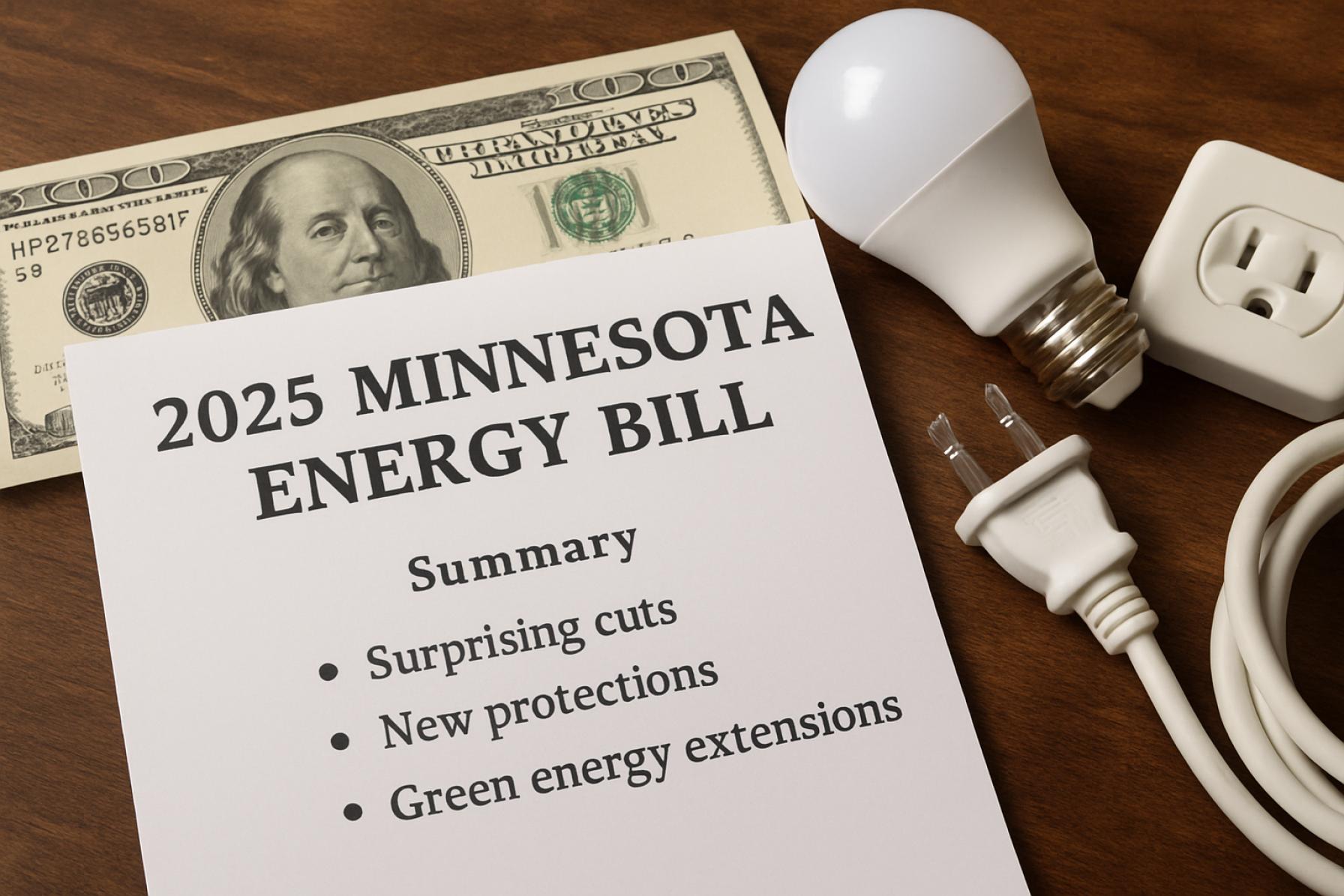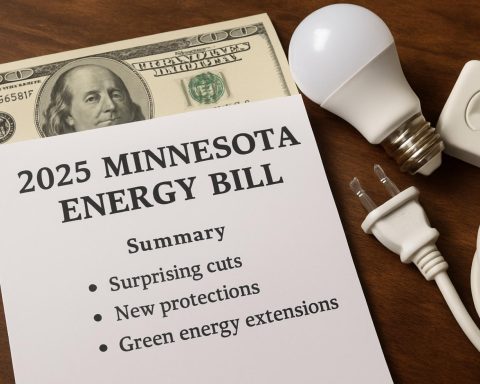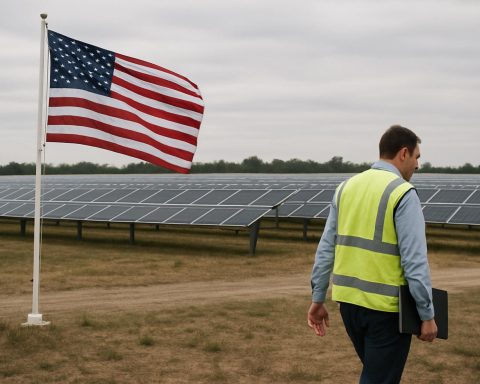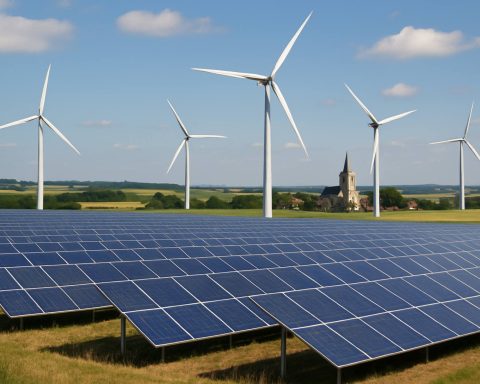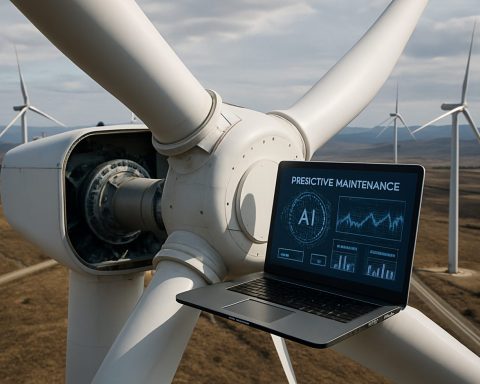Inside Minnesota’s 2025 Energy Bill: Smaller Budget, Big Changes for Consumers & Clean Energy
Minnesota’s 2025 energy bill brings new protections, budget cuts, and strategic green projects—here’s what residents need to know now.
- $47.44M — Total General Fund spending for 2026-27 biennium
- $3.2M — Extended funding for University of St. Thomas Microgrid Research
- $600K — Renewable Development Account grants for 2026-27
- $1.92M — Investment in community solar gardens
Minnesota lawmakers are gearing up for a pivotal special session as they present a downsized, yet impactful, energy bill that shapes how the state safeguards against energy price shocks and advances clean power projects.
Unlike previous years’ massive spending packages, 2025’s proposal zeroes in on consumer protection and strategic green investments—making waves in the state’s approach to energy and climate resilience.
What Does the 2025 Energy Bill Actually Change?
The new bill, spearheaded by Representative Patty Acomb and Senator Nick Frentz, steers Minnesota in a leaner direction. Legislators were charged with trimming $4 million from the General Fund over the next two biennia, focusing on targeted savings and smarter fund transfers.
Key spending highlights include a revamped focus on:
– Consumer safeguards: New “securitization” policies introduced to protect residents from extreme natural gas price spikes, similar to those after the infamous Texas freeze in 2021.
– Clean tech and research: $1.92 million heads to community solar gardens; $1 million funds Clean Energy Resource Teams; and $3.2 million extends innovative microgrid research at the University of St. Thomas.
– Infrastructure upgrades: Investments in grid-enhancing technologies, natural gas innovation, and electrification of transportation all make the list.
Funding for renewable projects in areas like St. Paul and Blaine receives crucial extensions, ensuring Minnesota doesn’t lose momentum on green power.
How Is Minnesota Guarding Against Future Energy Crises?
The legislature’s answer: “extraordinary event bonds.” These new financial tools are designed to prevent sudden, catastrophic increases in natural gas bills for families. Lessons from Texas’s 2021 deep freeze are baked into this bill, aiming to shield Minnesotans from the worst-case scenarios in energy markets.
Plus, energy benchmarking, utility innovation plans, and a new Energy Information Center will keep citizens better informed and reduce long-term risk.
Where Does the Money Go? A Closer Look
– Commerce Department’s energy resources: $22.09 million to oversee and propel energy development statewide.
– Targeted grants: Solar programs, energy benchmarking, transmission planning, and weatherization receive distinct, specific budgets.
– Public Utilities Commission: $3.8 million in new appropriations to oversee and regulate, plus $1 million for new air ventilation pilot projects in public spaces.
Comparing budgets: Renewable Development Account funding plummets from past years (from $110.8M in 2023 to just $600K), though vital projects like the University of St. Thomas’s microgrid research and Blaine’s National Sports Center solar project benefit from extended prior appropriations.
Want to dive deeper into clean energy? Check out trusted resources like the U.S. Department of Energy or explore utility strategies at Xcel Energy.
Who Benefits—and Who’s Missing Out?
The bill shores up protections for natural gas consumers and backs long-term renewable innovation, but also trims direct investments in rate relief and new renewable grants.
Some lawmakers voice frustration, pointing to missed opportunities for bipartisan breakthroughs and increased funding for renewable expansion—especially as Minnesota faces accelerating climate pressures and volatile energy costs.
Other states may look to Minnesota’s approach as a playbook for blending fiscal restraint with targeted green investments.
Q&A: What Minnesota Residents Are Asking
Q: Will my energy bill go down?
A: The bill focuses on protecting you from price spikes—especially on natural gas—instead of direct rate cuts.
Q: Will Minnesota see more clean energy?
A: Funding is less than previous years, but crucial solar and research projects, especially in St. Paul and Blaine, are extended and protected.
Q: What is “securitization” and why does it matter?
A: It’s a financial safeguard. If unpredictable events send prices soaring, these new bonds help spread the cost and protect household budgets.
Q: How else does the bill help me?
A: There’s extended support for community solar, energy efficiency info centers, and utility innovation that should lead to smarter, more resilient grid systems.
How to Stay Ahead of Minnesota’s Energy Changes
– Sign up for updates from the State of Minnesota Energy Resources Division.
– Consider joining local clean energy initiatives or solar garden programs.
– Monitor household energy use and look for Energy Information Center resources coming soon.
– Get direct help or share feedback via the Minnesota Public Utilities Commission.
Stay Informed: Your Energy Dollars and Choices Matter!
- Check if your home is eligible for energy efficiency or solar rewards.
- Monitor legislative updates for further consumer protections.
- Get involved with community discussions about Minnesota’s energy future.
- Bookmark the latest news from major sources like NPR for environmental and legislative updates.
Don’t be left in the dark—follow these steps, and stay ahead as Minnesota recharges its energy priorities for 2025!

